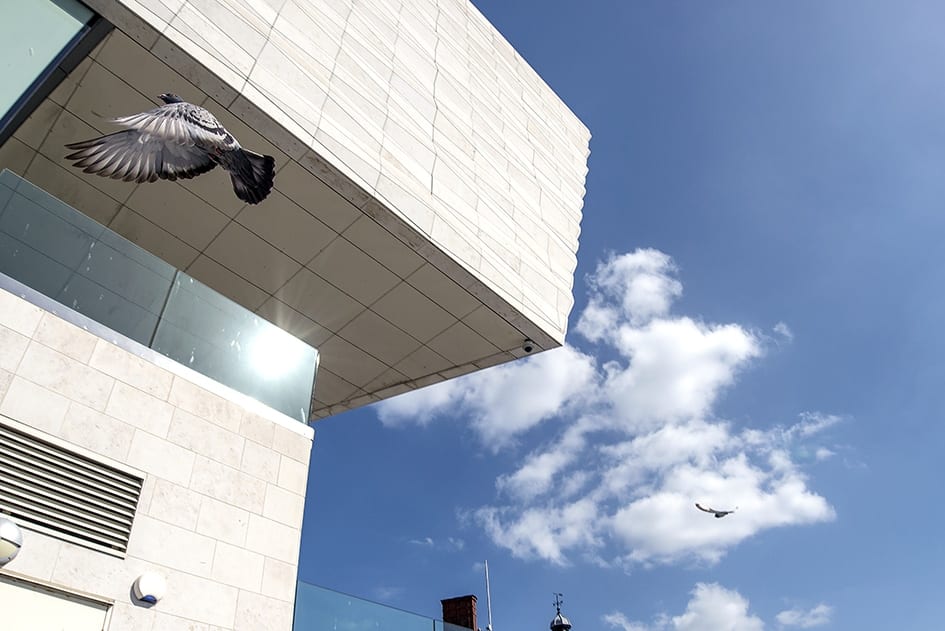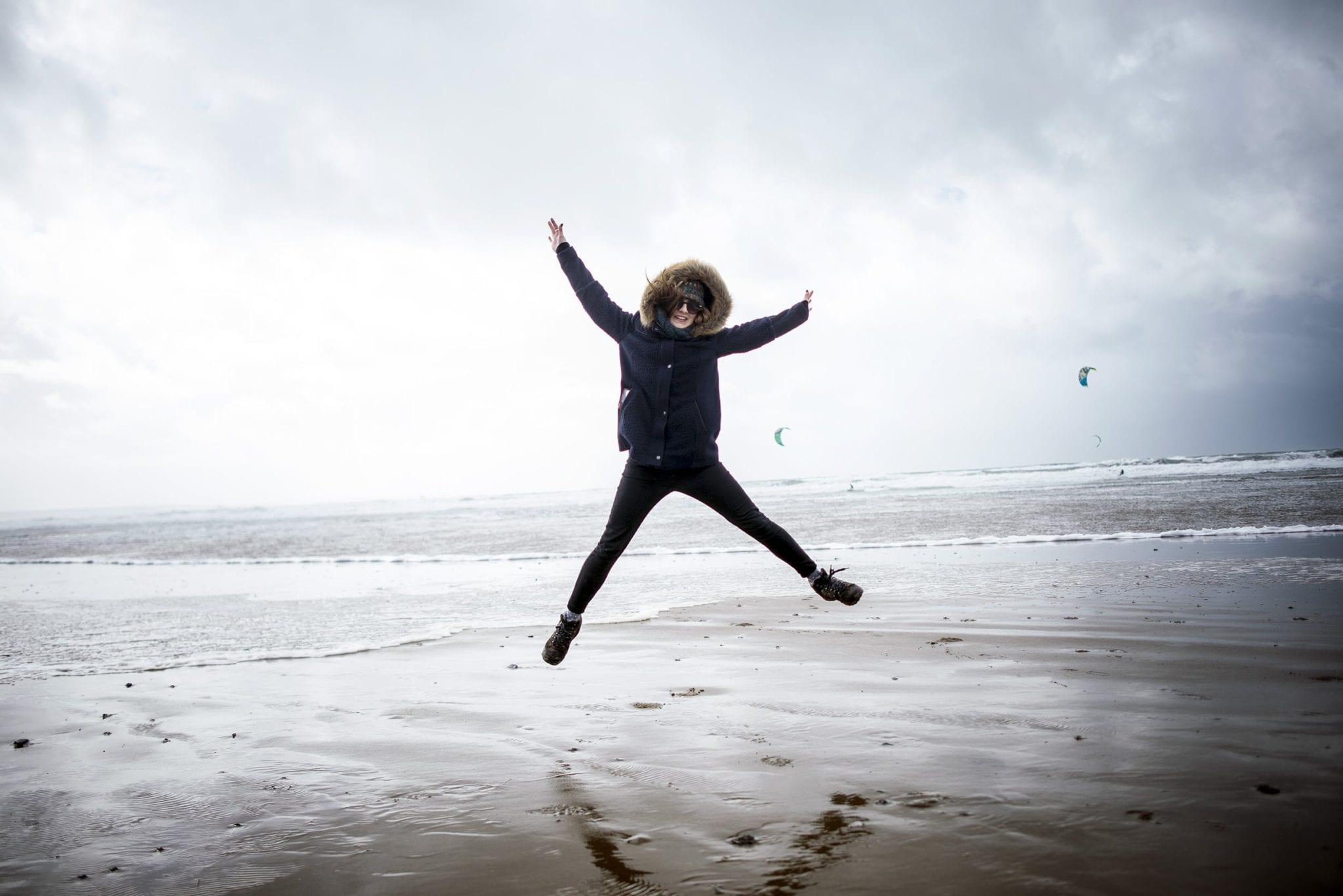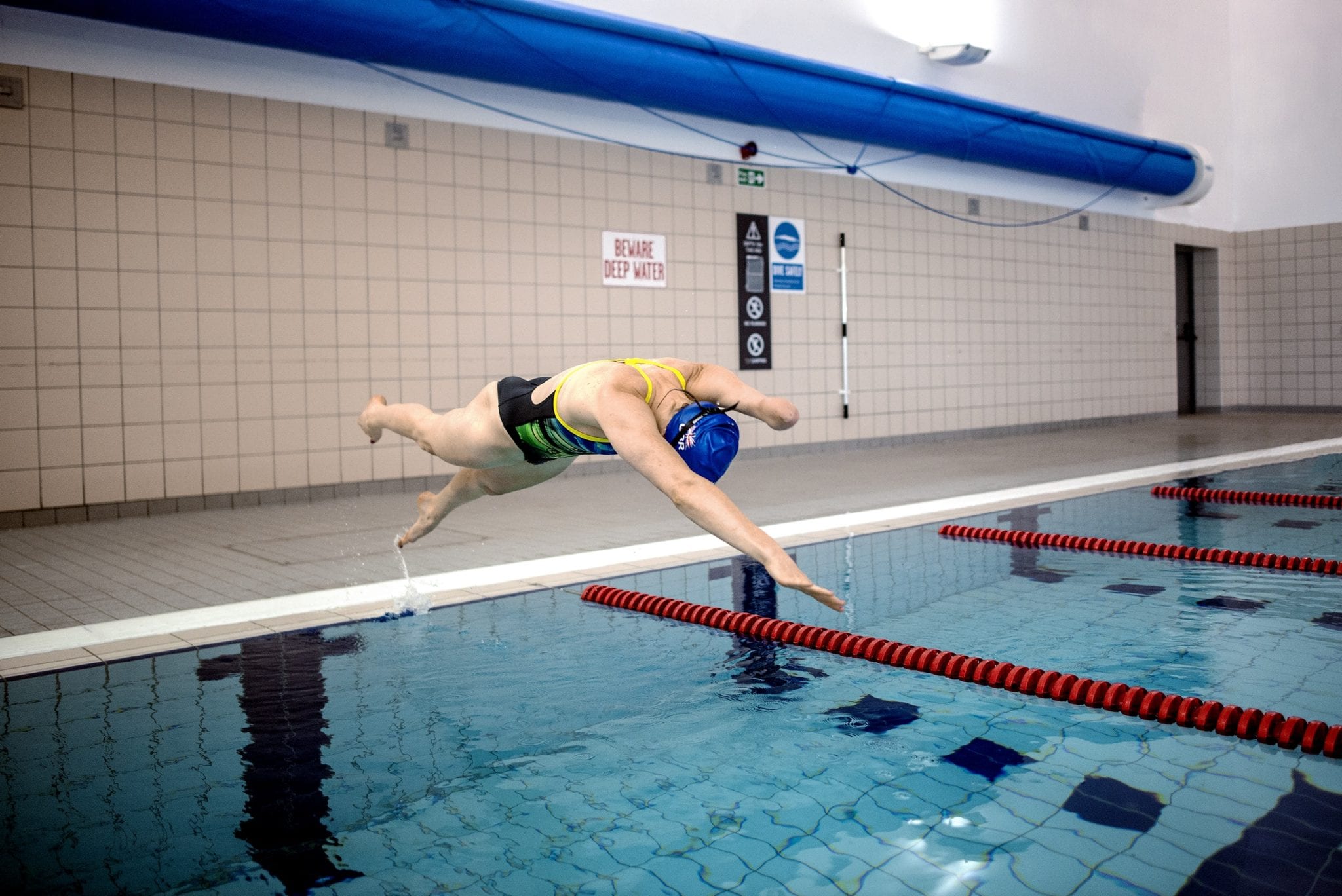In the past, we’ve looked into all kinds of different ways that shutter speeds can be used. We’ve looked at super fast and super slow shutters, the power of movement in images and the beauty, precision and patience required behind those long exposures that show us what we wouldn’t otherwise be able to see with the naked eye.
Shutter speeds are the most important part of any photograph. Second only (depending on what your intentions are) to that all important aperture, your shutter speed determines the visual outcome of your image and is the only feature on any camera which can drastically change the results from one extreme to the other.
This month, we’re not necessarily looking at the importance of shutter speed, but instead one of those extremes – the freeze frame.
What is a Freeze Frame?
We will often shoot at a high shutter to get a crisp capture. It’s a fundamental of most photography. But when does a crisp capture drift over into the realm of the freeze frame? For most, the freeze frame relates to a capturing of movement. It’s a moment in time; frozen, crisp and often displaying energy in some way.
More importantly, however, is the fact that a freeze frame will often portray movement or energy in a way that is impossible for us to see otherwise.
It takes the space in between the transition of a subject from one place to another and sheds light on what is happening in the time between these two points. A simple example of this would be the crest of a wave about to crash, or the documenting of running or erratic water and liquids in general for that matter since they rarely stand still and can be very unpredictable.
Where do we go wrong when shooting freeze frame?
The lines can get relatively blurred when we talk about freeze frames and often we will instantly go towards something that we consider to be moving at a particularly high speed to capture our still standing image.
The truth really, is that it is less about speed and more about types of movement, energy, and even forces themselves that determine whether we can grab a strong freeze frame.
If you were to shoot a racing car or bullet train at a 1/4000 shutter, you’d be likely to capture the subject freeze framed. You’d stop speed in its tracks, but the resulting image would be no different than if you shot the thing parked up.
When it comes to speed itself, we should start to consider motion blur and lowering the shutter to represent movement in such a way. It’s in this sense that freeze framing is misused.
Let’s have a look at some examples.
In this image, we catch a pigeon perfectly in flight. Instead of considering the speed at which the bird was flying, here we can consider the fact that the wings move to cause lift and this propels the bird through the air.
It’s this motion that is very rarely frozen in space and time, and this is what makes the image so interesting in its content. A fraction of a second earlier and we may have had the bird with its wings fully spread – as though it were gliding. This is something we’re familiar and so would likely take some punch from the capture.
This is a very simply composed and orchestrated shot. We don’t always have to delve into the depths of intense energies and movement to create interesting results. Use a model to jump, to run, or even to dance like no one is watching.
The simplest of movements can sometimes be the most effective to freeze frame. In this image, it’s not just the star jump that helps the freeze frame, but the reflection in the wet sand below, emphasising that mid-air capture.
Action and Sports Photography
Freeze framing will go hand in hand with action and sports photography. There are no better conditions than those of competitive and physical sports to get amazing freeze frame results.
This is because of that quite intense mixture of both speed and movement. The two can be combined in most sporting events, giving a great opportunity for freeze frame photography.
Here, Paralympic Gold Medalist Claire Cashmore is captured, mid dive. The shape of the body and the amount of power in that push off comes through in the freeze frame.
However, don’t be fooled into thinking the two are the same. There will be instances where, as we mentioned above, a little motion blur or even panning can help along that idea of speed and energy. Take for example the Tour De France, Moto GP or any other sport where speed and direction tend to take prominence.
An athletic track sport is an example that could benefit from both motion blur or freeze frame, depending on how you caught the subject, whereas the likes of the long jump, high jump or gymnastics are crying out for the freeze frame.
So there you have it. A simple and comprehensive look into freeze-framing. With any luck, this will help give you some ideas about what you can shoot and submit for this months student project.
Not a student yet? Enrol on a photography course today and start your new career path with IOP.



